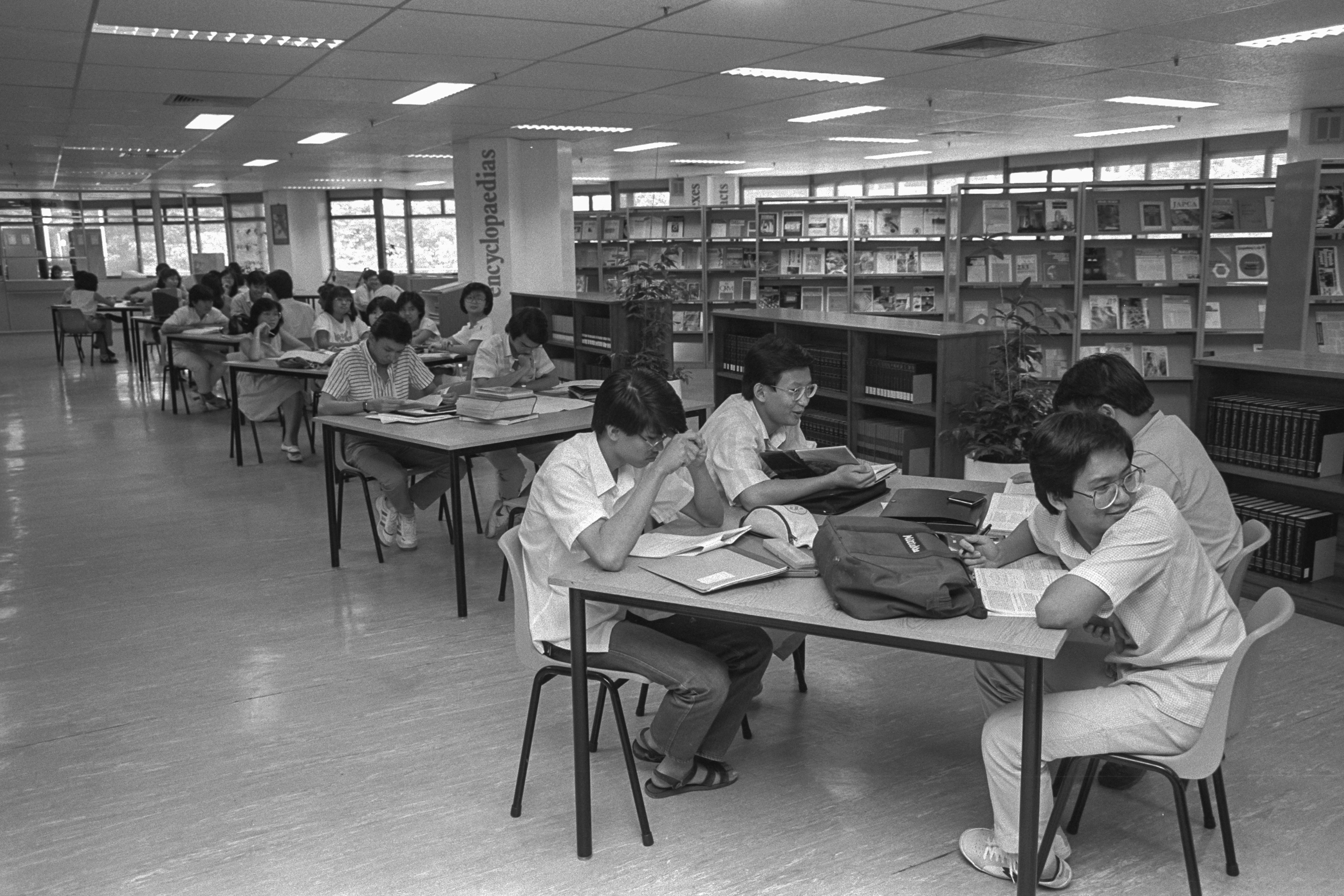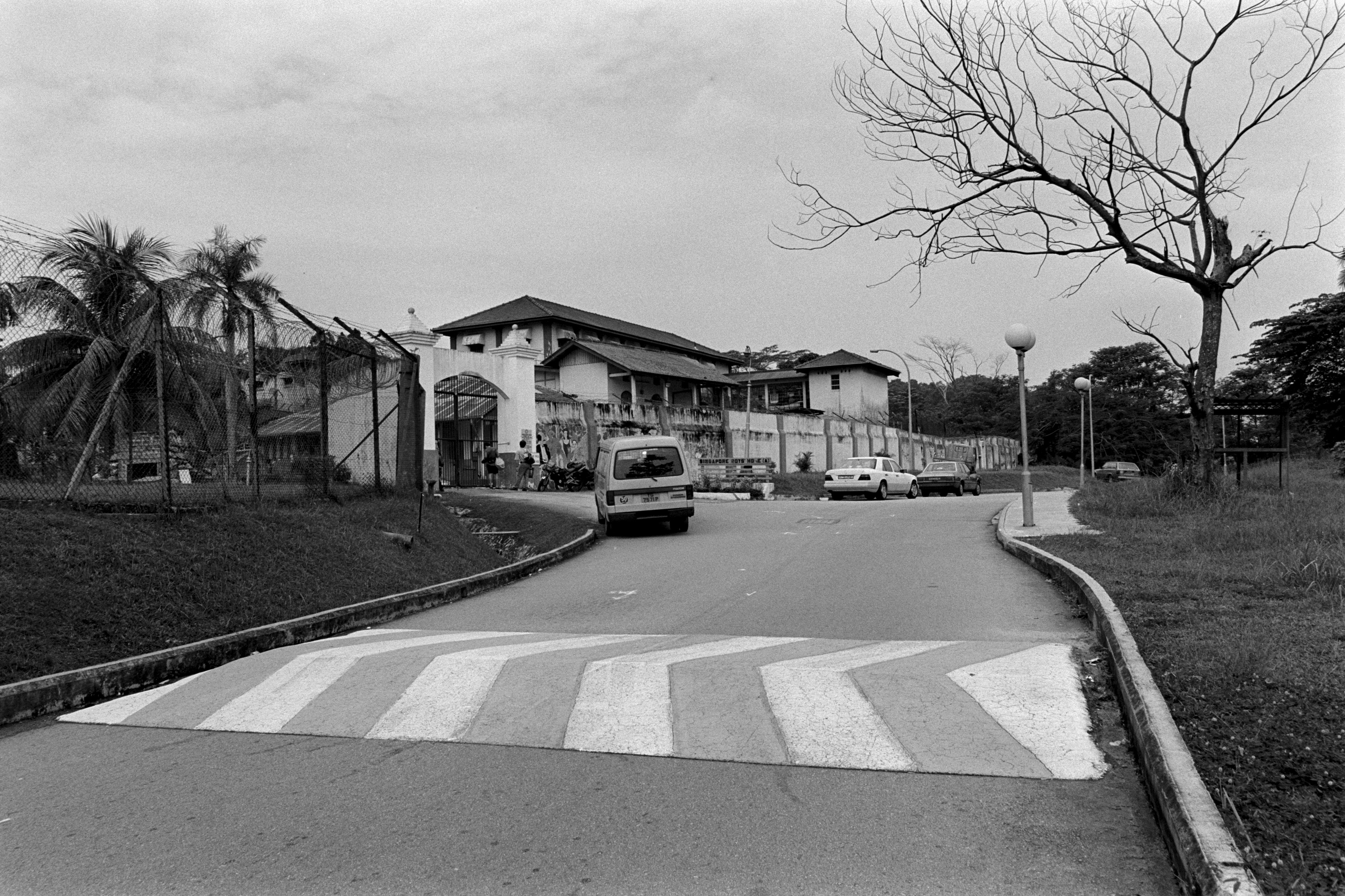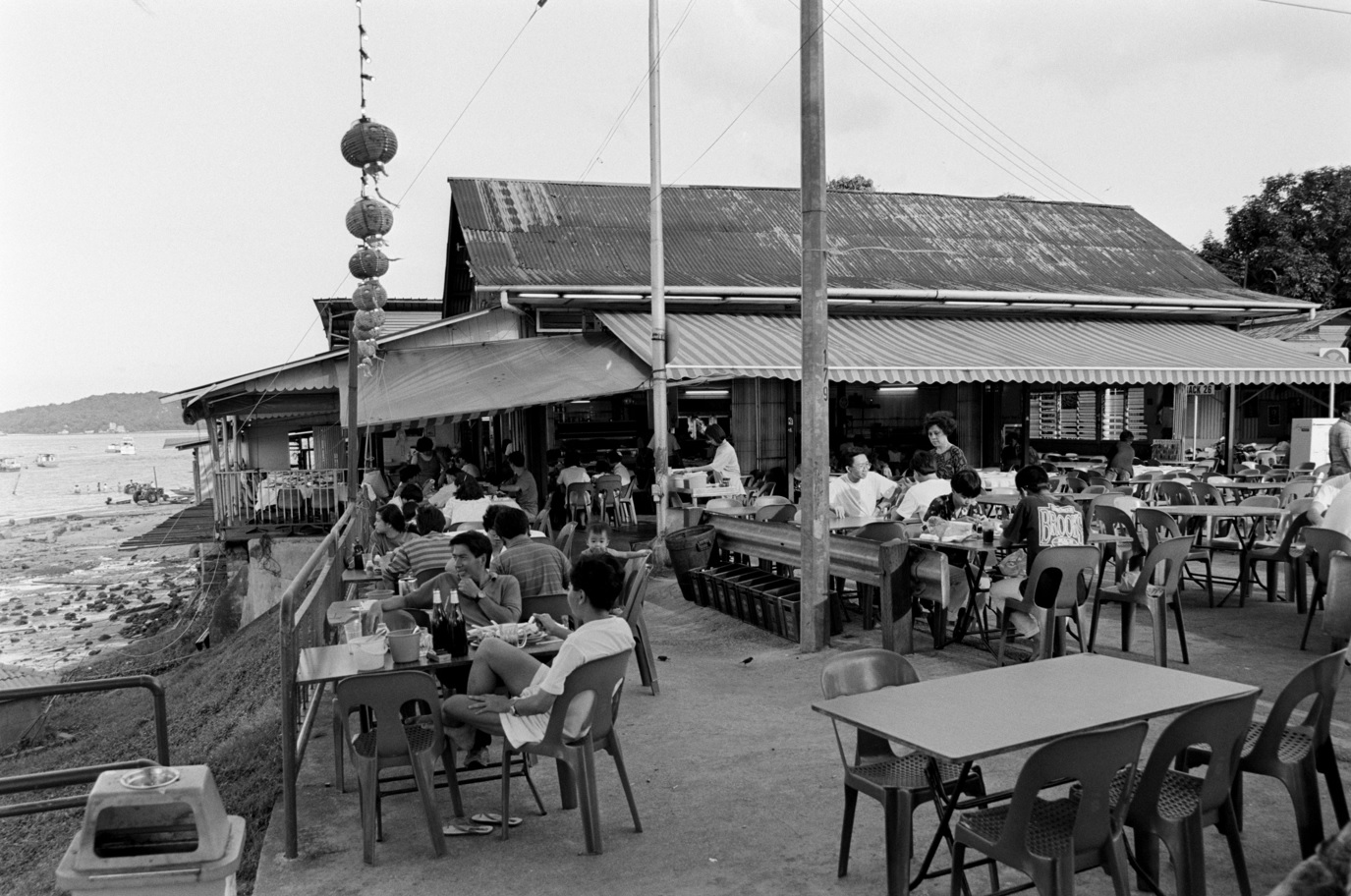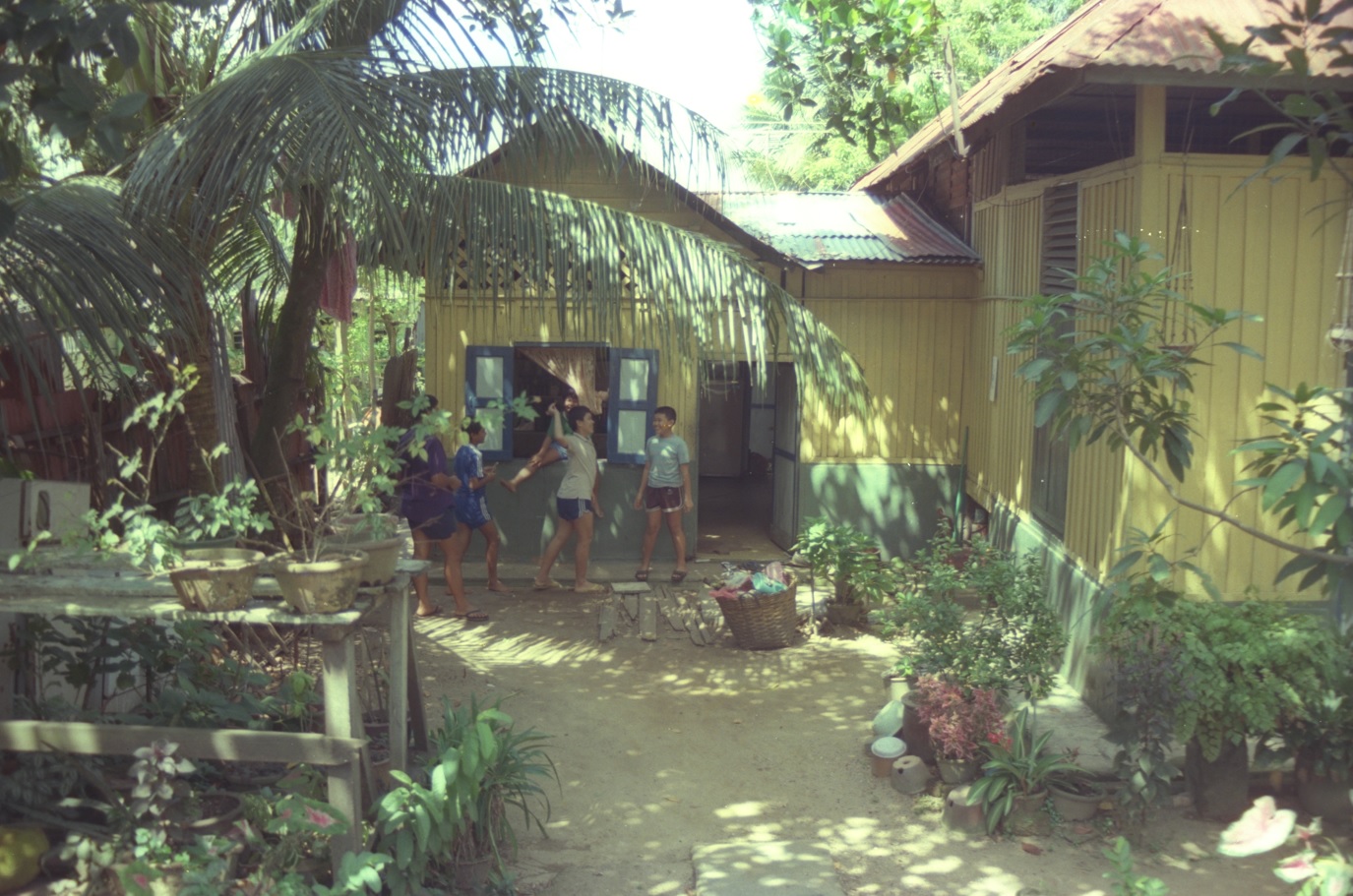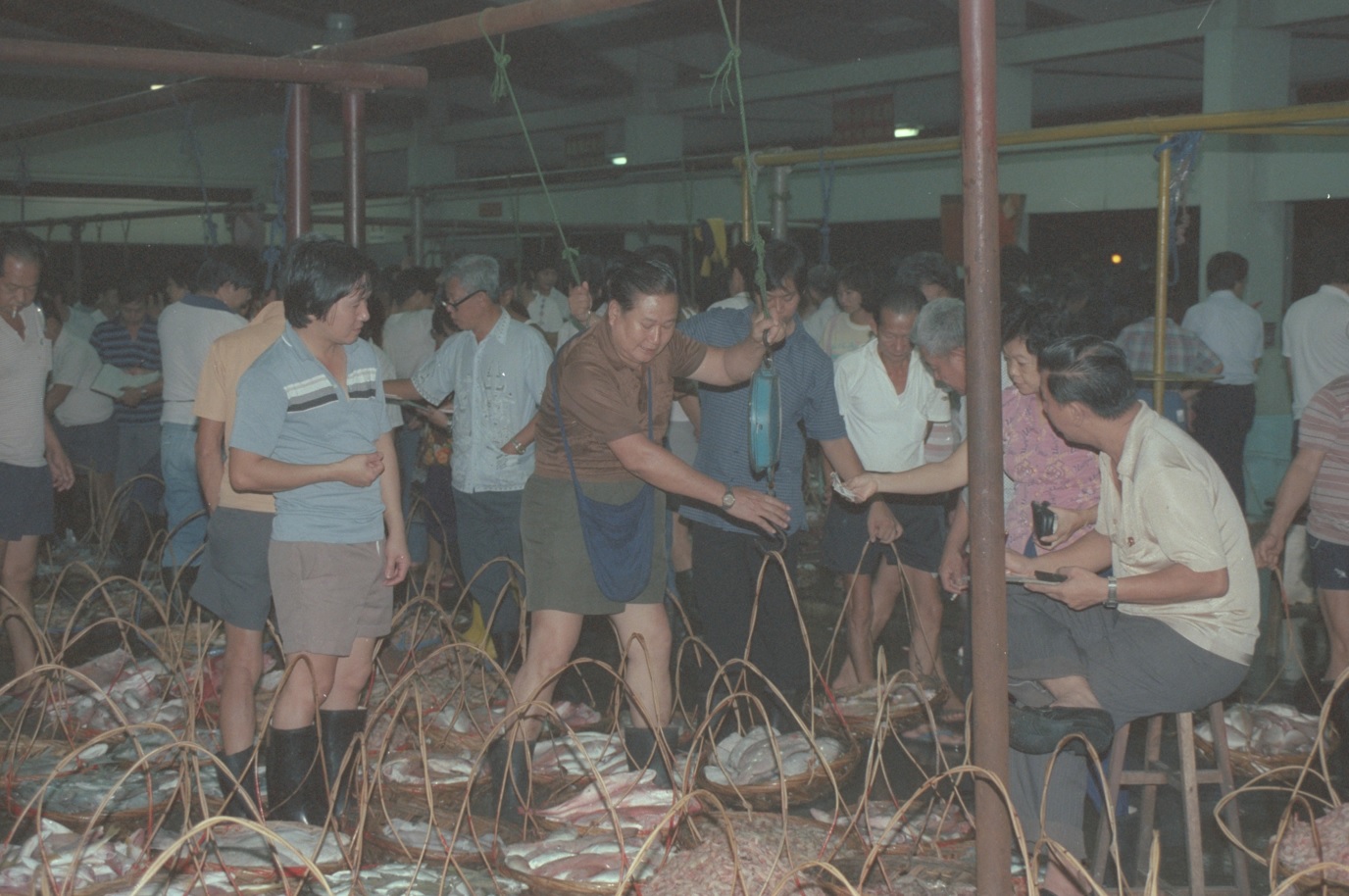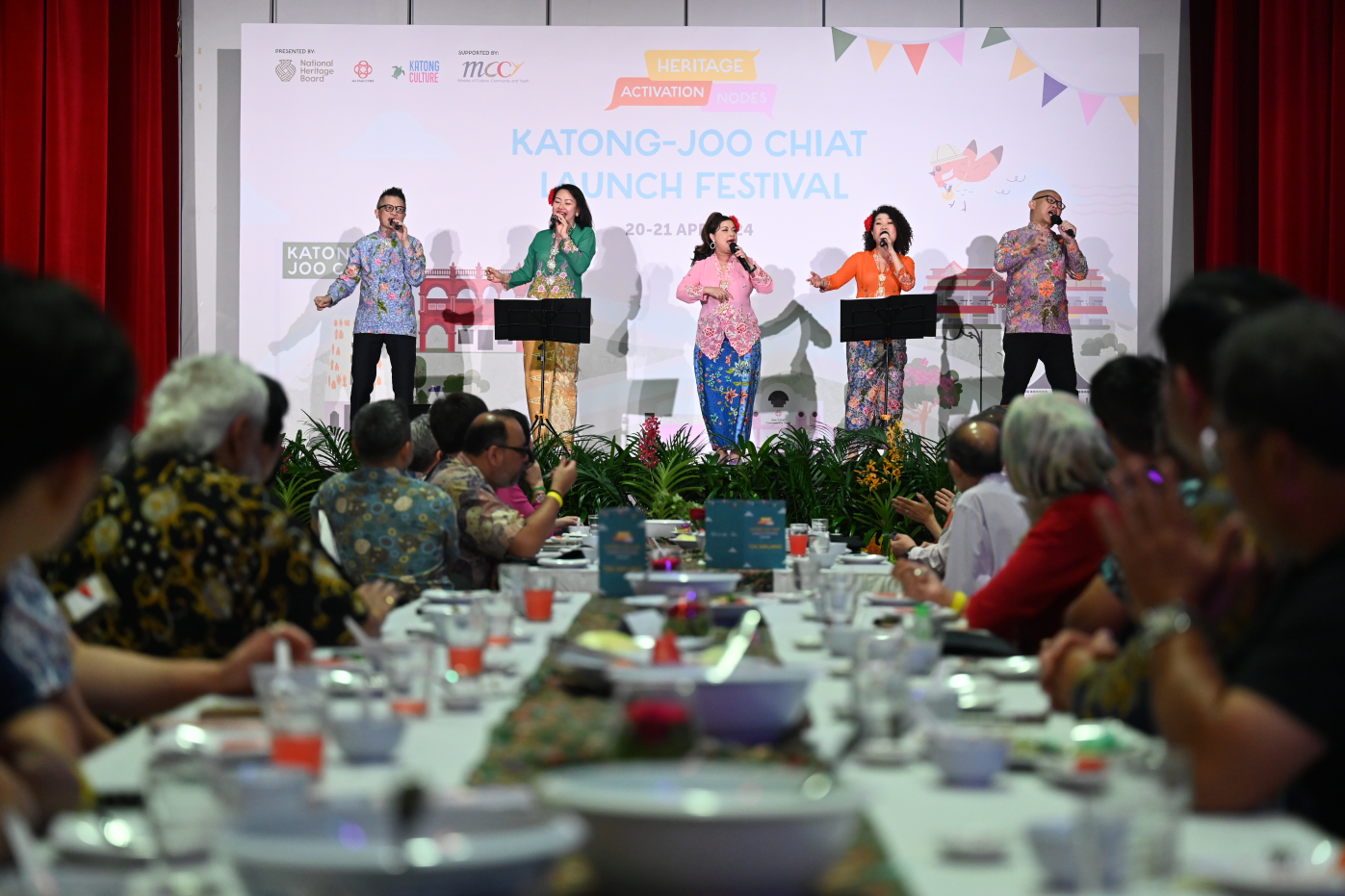Landmarks
The Clementi area has several landmarks:
- The Pandan Reservoir was one of the first estuarine reservoirs built in unprotected catchment areas in the mid-1970s. In 1979, the Public Utilities Board (PUB) experimented with rearing carp at the Pandan Reservoir to improve the water quality at the reservoir. In 1981, it was for a brief time a site for illegal betting as punters would bet on joggers who ran for cash; once reported by the media, a police investigation quickly ended the practice.
- The 50-hectare West Coast Park was completed in 1981 with reclaimed land. The park was initially designated in 1980 to be the site of the annual SAF Display that celebrated SAF Day, which was last held at the park in 1983. West Coast Park was also the site of the Singapore International Kite Festival in 1984. There were several phases of improvement since the 1980s, which includes playground amenities and the McDonald’s fast food restaurant at the park that was opened in 2004 (it features a tropical ambience).
- The 12-hectare Clementi Woods Park is located between West Coast Road and Clementi Road, and features an open air amphitheater. A Woodball Association team often met at this park on weekends to play Woodball, a sport where the objective is to hit wooden balls with a mallet through gates along a course (the sport is sometimes described as a cross between golf and croquet).
- The Clementi Mall and Bus Interchange complex is a mixed development project at Clementi Town Centre which was completed in November 2011. It won a prestigious Fiabci Prix d’Excellence award in May 2012, clinching the runner-up award in the Master Plan category. This was the first development in Singapore with public housing, commercial facilities, and a bus interchange built in one complex.
- The Clementi Nature Corridor s comprised of the Old Jurong Line Nature Trail, which runs along the Old Jurong Line (a disused railway track that ceased operations in the 1990s and runs through Clementi Forest), and the Clementi Nature Trail (which runs through the Rail Corridor to Ulu Pandan). The Clementi Nature Trail will be progressively completed in stages from 2023 while the Old Jurong Line Nature Trail will be progressively completed in stages from 2024.
Clementi Neighbourhood Centre signage: general view. Photographed by Tan Chun Wei. Collection of National Library, Singapore. View this image here.
Religious Institutions
The religious institutions that were established in Clementi reflect the heritage and practices of its resident communities.
-
Ang Chee Sia Ong Temple is located at West Coast Drive, just opposite Ayer Rajah Food Centre. The temple hosts several Chinese deities and was first established in 1918 in a small fishing village at what is now Pandan Gardens by immigrants from Chaozhou, Guangdong; by 1998, it had moved to its present premises in West Coast drive and actively pursued a bilingual (English and Chinese) policy.
-
The Church of the Holy Cross was established in 1980 to serve the needs of Catholic residents in Clementi. Reverend Father Paul Munier, a Chinese-speaking French Catholic priest who helped identify the site and help raise funds for the Church of Our Lady of Perpetual Succour in Siglap, was also involved with the construction of the Church of the Holy Cross in Clementi as the project manager. Located at the junction of Clementi Avenue 1 and Clementi Road, Archbishop Gregory Yong officially opened the Church of the Holy Cross on 1 May 1980. A relic from the Holy Cross that Jesus Christ died on was displayed at the church in 1980.
-
Darussalam Mosque was completed in 1988 and serves the residents and needy in Clementi. The Darussalam mosque, which means “House of Peace,” cost $3.2 million to build and the mosque construction committee from 1985 to 1988 was chaired by Hj Mohd Hamdan. The mosque can accommodate 3,000 congregants at a time.
-
The Tentera Diraja Mosque, which was established in 1962, was the British Army’s first mosque in the Far East, and is located just off Clementi Road. The mosque was reportedly built on a hill where many members of the Malay Regiment unit led by Lieutenant Adnan bin Saidi made their last stand against the invading Japanese in 1942, before the Fall of Singapore. As the battle for Pasir Panjang Ridge progressed, with the Japanese advancing and the Malay Regiment retreating, Lieutenant Adnan bin Saidi and the remnants of his Company made their last stand at Opium Hill (Bukit Chandu).
About National Library Board
The National Library Board (NLB) nurtures Readers for Life, Learning Communities and a Knowledgeable Nation by promoting reading, learning and history through its network of 28 libraries, the National Library and the National Archives of Singapore. NLB also forges strategic partnerships that encourage awareness, appreciation and greater discovery of Singapore’s history through its rich collections on Singapore and the region.




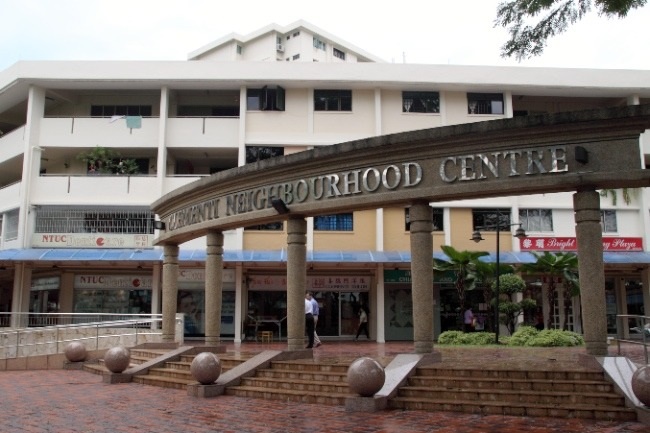

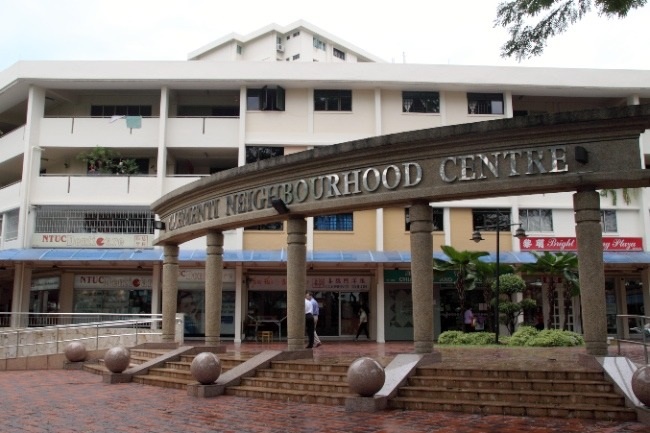
.ashx)

